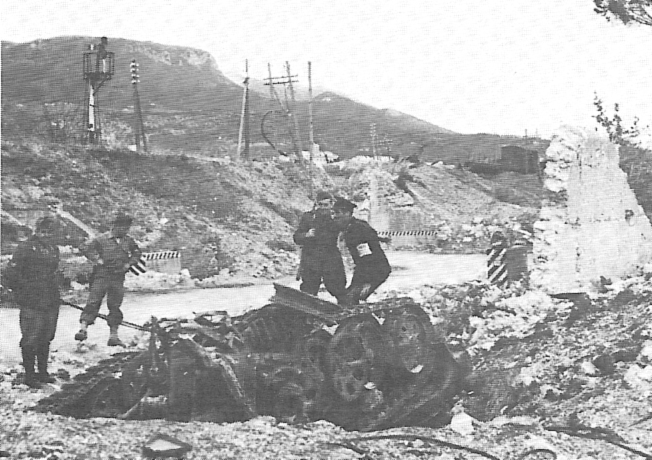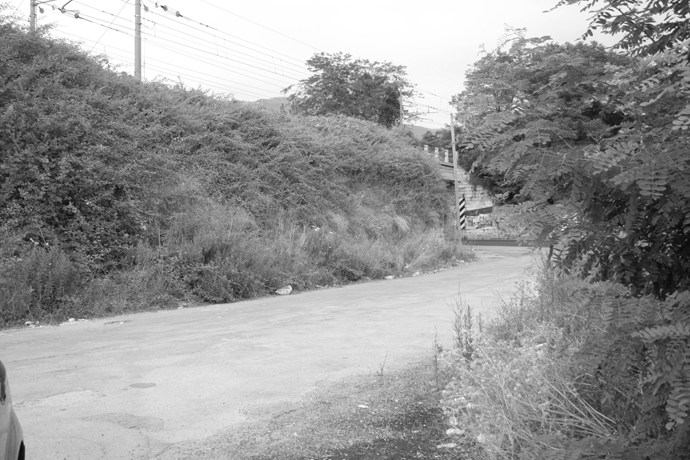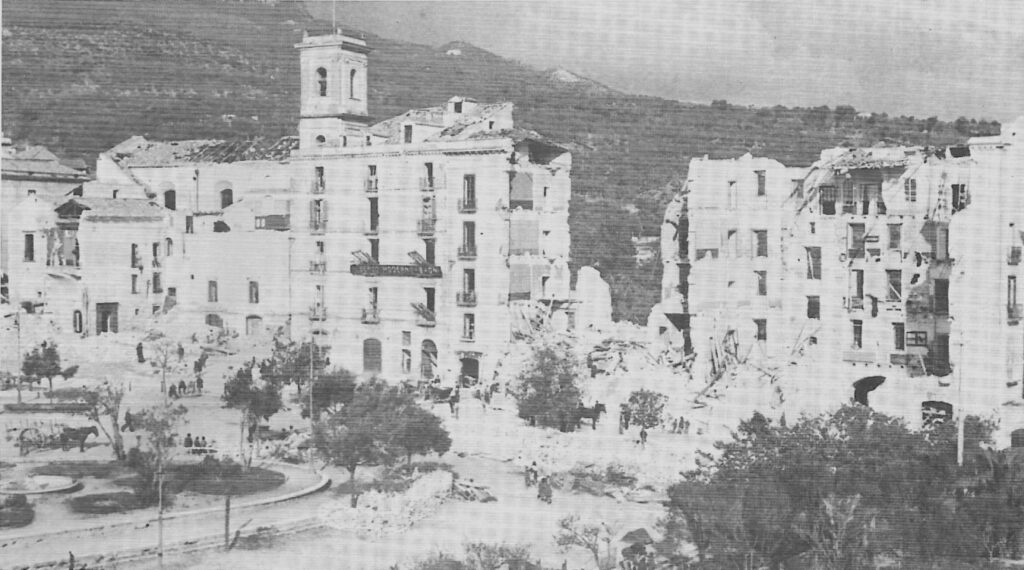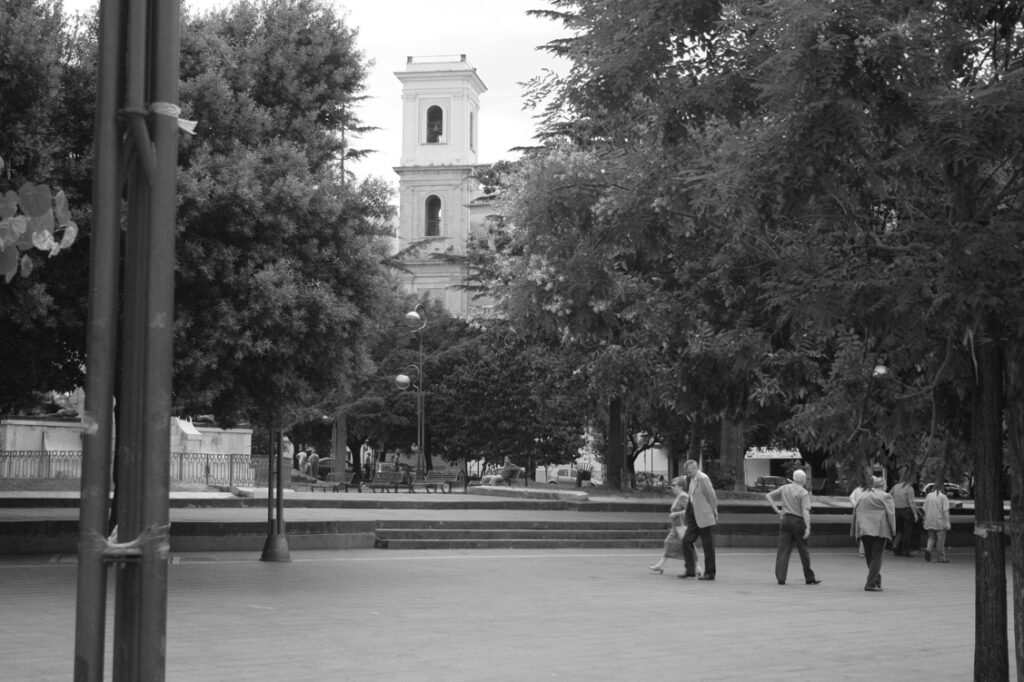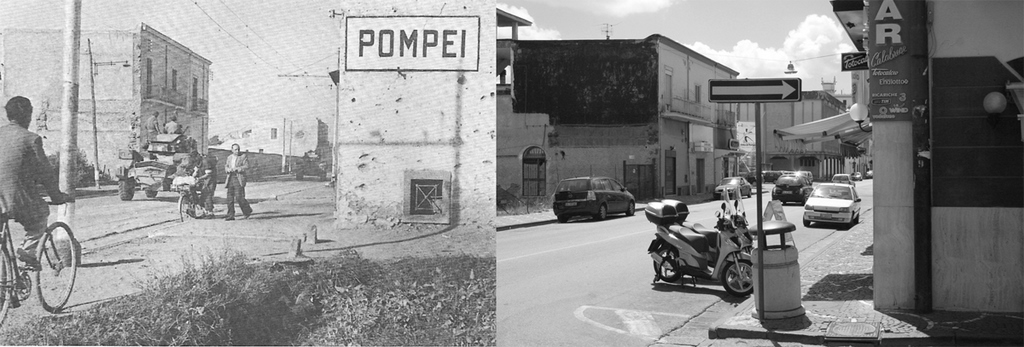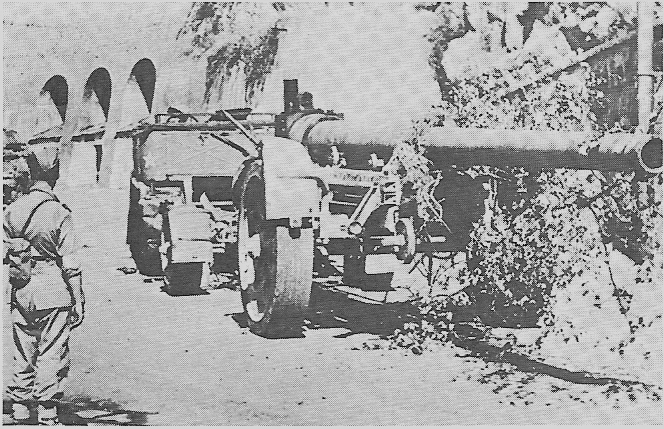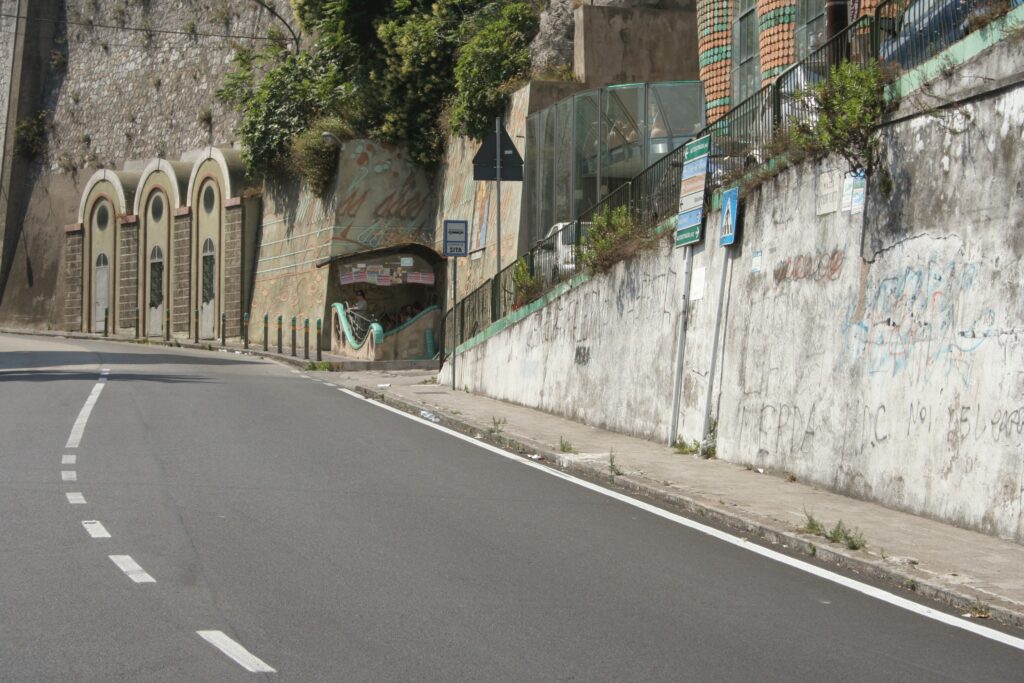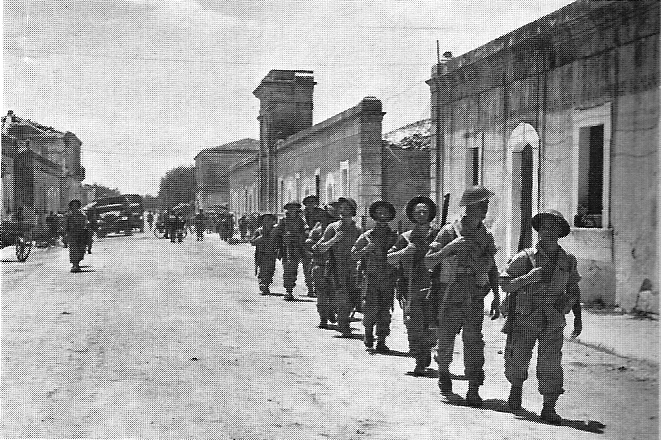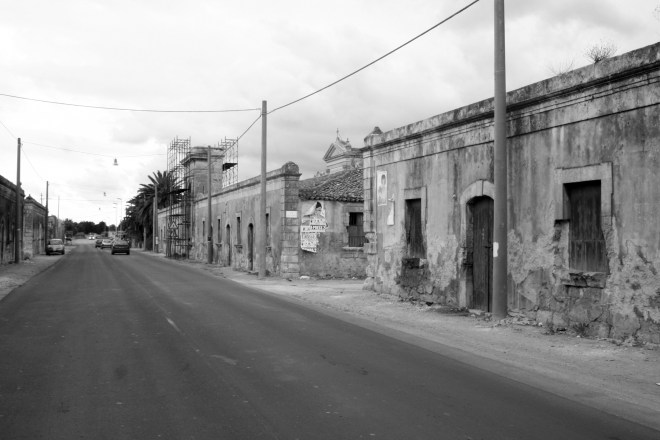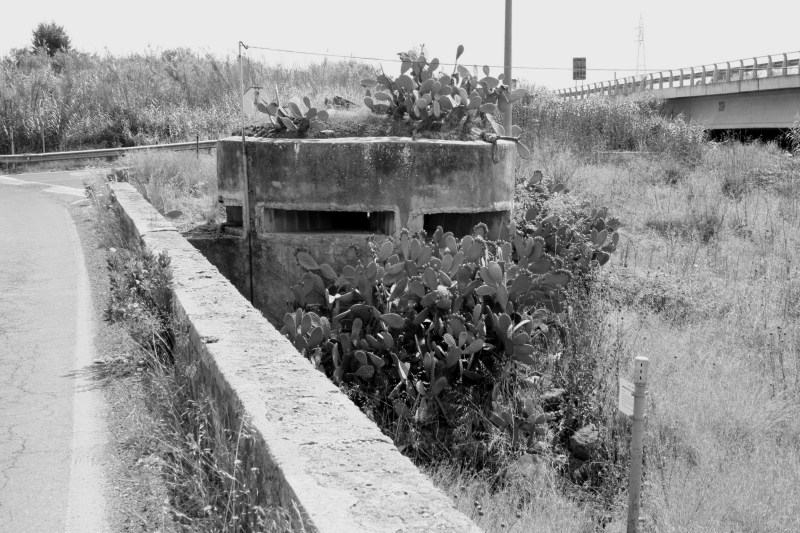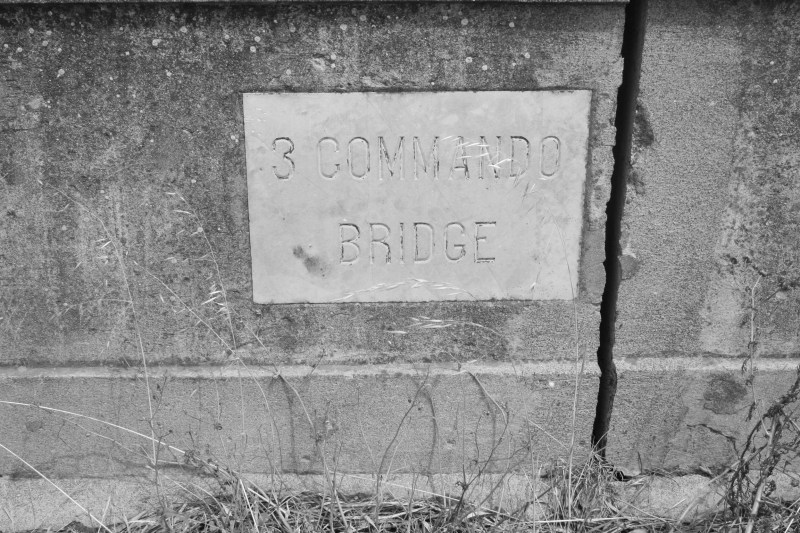Eboli
Along with the 3rd Division, which had just landed, and, as one of the few “fresh” units available, 2nd Battalion was given the task of pushing inland out of the beachhead in pursuit of the retreating enemy. They moved through Battipaglia, a town totally destroyed in which each single building had been reduced to flat, dusty rubble. Eboli a few miles away was almost as badly devastated.
Above Eboli, at the dead end of a winding mountain road in an oppressive cul-de-sac between ridges, we liberated the village of Campagna, which had been used as an internment camp for political prisoners. There, huddled together in miserable squalor, we found almost a thousand civilians from southern and eastern Europe, most of them Jews.

